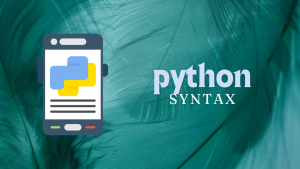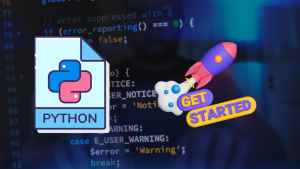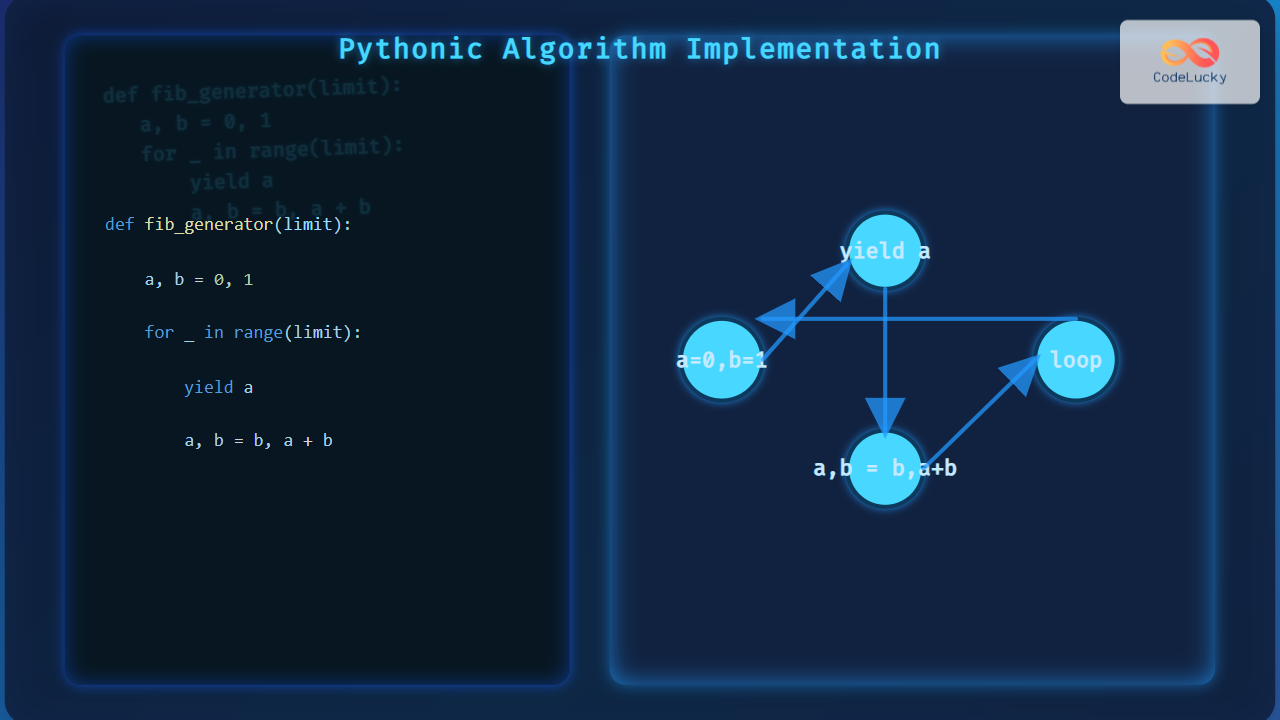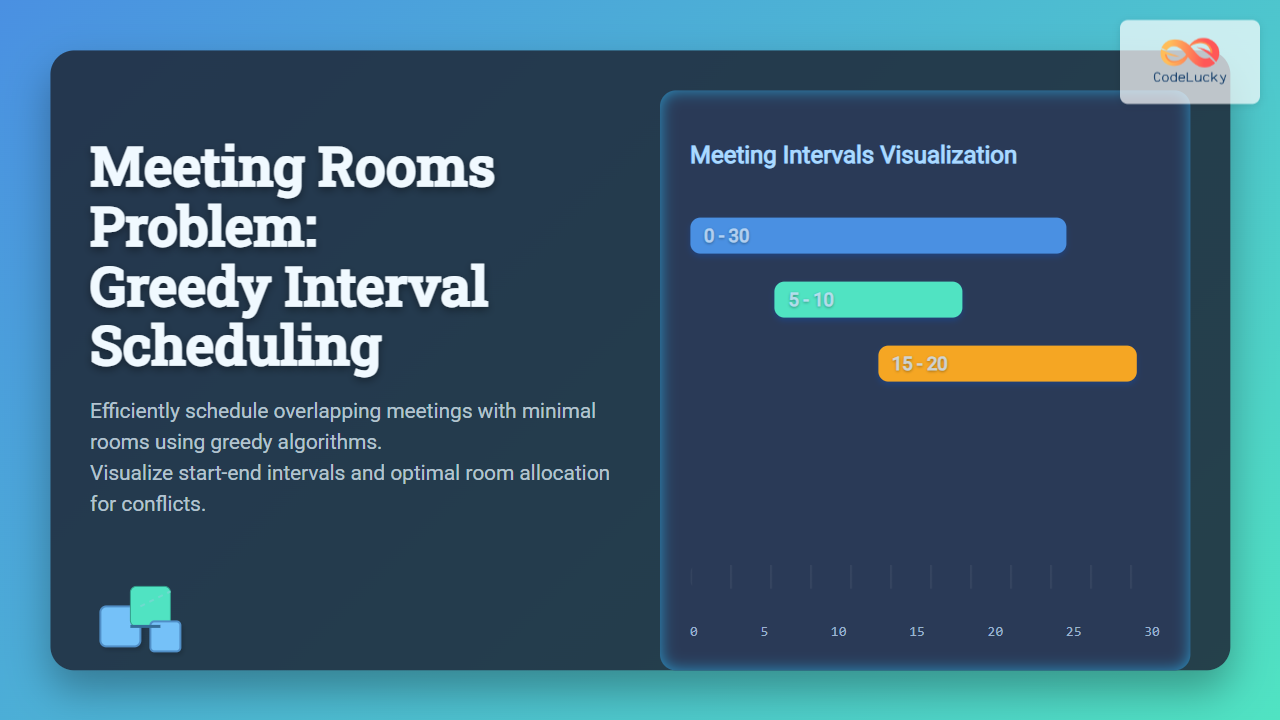Python, with its simplicity and versatility, has become one of the most popular programming languages in the world. However, writing Python code that is clean, efficient, and maintainable requires more than just basic knowledge of the language. In this comprehensive guide, we'll explore best practices that will elevate your Python programming skills and help you write code that not only works but is also a joy to read and maintain.
1. Follow PEP 8 Guidelines
PEP 8 is the style guide for Python code. Following these guidelines ensures consistency across Python projects and improves readability.
Indentation
Use 4 spaces per indentation level. Avoid using tabs.
# Good
def good_function():
if True:
print("Properly indented")
# Bad
def bad_function():
if True:
print("Inconsistent indentation")
Maximum Line Length
Limit all lines to a maximum of 79 characters for code and 72 for comments and docstrings.
# Good
long_string = ("This is an example of how to break long strings "
"across multiple lines.")
# Bad
long_string = "This is an example of a string that is too long and violates the 79-character limit rule."
Imports
Place imports at the top of the file, grouped in the following order:
- Standard library imports
- Related third-party imports
- Local application/library specific imports
Separate each group with a blank line.
# Good
import os
import sys
import numpy as np
import pandas as pd
from mymodule import my_function
2. Use Meaningful Names
Choosing descriptive and meaningful names for variables, functions, and classes is crucial for code readability.
Variables
Use lowercase with underscores for variable names.
# Good
user_age = 25
total_count = 100
# Bad
UserAge = 25
TotalCount = 100
Functions
Use lowercase with underscores for function names. The name should describe what the function does.
# Good
def calculate_average(numbers):
return sum(numbers) / len(numbers)
# Bad
def avg(n):
return sum(n) / len(n)
Classes
Use CamelCase for class names.
# Good
class UserProfile:
pass
# Bad
class user_profile:
pass
3. Write Docstrings
Docstrings provide a concise summary of a module, function, class, or method. They are essential for documenting your code.
def calculate_area(length, width):
"""
Calculate the area of a rectangle.
Args:
length (float): The length of the rectangle.
width (float): The width of the rectangle.
Returns:
float: The area of the rectangle.
"""
return length * width
4. Use Type Hints
Type hints improve code readability and help catch type-related errors early.
def greet(name: str) -> str:
return f"Hello, {name}!"
def calculate_average(numbers: list[float]) -> float:
return sum(numbers) / len(numbers)
5. Embrace List Comprehensions
List comprehensions provide a concise way to create lists based on existing lists.
# Good
squares = [x**2 for x in range(10)]
# Less efficient
squares = []
for x in range(10):
squares.append(x**2)
However, be cautious not to overuse them. If the logic becomes too complex, it's better to use a regular for loop for readability.
6. Utilize Context Managers
Context managers, implemented using the with statement, ensure proper acquisition and release of resources.
# Good
with open('file.txt', 'r') as file:
content = file.read()
# Less ideal
file = open('file.txt', 'r')
content = file.read()
file.close()
7. Avoid Global Variables
Global variables can lead to unexpected behavior and make code harder to understand and maintain.
# Bad
total = 0
def add_to_total(value):
global total
total += value
# Good
class Calculator:
def __init__(self):
self.total = 0
def add_to_total(self, value):
self.total += value
8. Use Exceptions Properly
Proper exception handling makes your code more robust and easier to debug.
def divide(a, b):
try:
result = a / b
except ZeroDivisionError:
print("Error: Division by zero!")
return None
except TypeError:
print("Error: Invalid types for division!")
return None
else:
return result
9. Leverage Python's Built-in Functions and Libraries
Python has a rich set of built-in functions and libraries. Use them instead of reinventing the wheel.
# Good
numbers = [1, 2, 3, 4, 5]
total = sum(numbers)
maximum = max(numbers)
minimum = min(numbers)
# Less efficient
total = 0
maximum = numbers[0]
minimum = numbers[0]
for num in numbers:
total += num
if num > maximum:
maximum = num
if num < minimum:
minimum = num
10. Write Modular Code
Break your code into small, reusable functions and classes. This improves readability and makes your code easier to test and maintain.
# Good
def validate_input(value):
return isinstance(value, (int, float)) and value > 0
def calculate_area(length, width):
if not (validate_input(length) and validate_input(width)):
raise ValueError("Length and width must be positive numbers")
return length * width
def calculate_volume(length, width, height):
if not validate_input(height):
raise ValueError("Height must be a positive number")
return calculate_area(length, width) * height
# Usage
try:
area = calculate_area(5, 3)
volume = calculate_volume(5, 3, 2)
except ValueError as e:
print(f"Error: {e}")
11. Use Virtual Environments
Virtual environments allow you to create isolated Python environments for your projects, avoiding conflicts between package versions.
# Create a virtual environment
python -m venv myproject_env
# Activate the virtual environment
# On Windows
myproject_env\Scripts\activate
# On Unix or MacOS
source myproject_env/bin/activate
# Install packages
pip install package_name
# Deactivate the virtual environment
deactivate
12. Implement Proper Testing
Writing tests for your code is crucial for maintaining its quality and catching bugs early.
import unittest
def add(a, b):
return a + b
class TestAddFunction(unittest.TestCase):
def test_add_positive_numbers(self):
self.assertEqual(add(2, 3), 5)
def test_add_negative_numbers(self):
self.assertEqual(add(-1, -1), -2)
def test_add_mixed_numbers(self):
self.assertEqual(add(-1, 1), 0)
if __name__ == '__main__':
unittest.main()
13. Use f-strings for String Formatting
F-strings provide a concise and readable way to embed expressions inside string literals.
name = "Alice"
age = 30
# Good
message = f"Hello, {name}! You are {age} years old."
# Less readable
message = "Hello, {}! You are {} years old.".format(name, age)
14. Utilize List Slicing
List slicing is a powerful feature in Python for manipulating sequences.
numbers = [0, 1, 2, 3, 4, 5, 6, 7, 8, 9]
# Get the first 5 elements
first_five = numbers[:5] # [0, 1, 2, 3, 4]
# Get the last 5 elements
last_five = numbers[-5:] # [5, 6, 7, 8, 9]
# Reverse the list
reversed_list = numbers[::-1] # [9, 8, 7, 6, 5, 4, 3, 2, 1, 0]
15. Use Generators for Large Datasets
Generators are memory-efficient when working with large datasets.
# Good
def fibonacci_generator(n):
a, b = 0, 1
for _ in range(n):
yield a
a, b = b, a + b
# Usage
for num in fibonacci_generator(10):
print(num)
# Less memory-efficient
def fibonacci_list(n):
result = []
a, b = 0, 1
for _ in range(n):
result.append(a)
a, b = b, a + b
return result
# Usage
print(fibonacci_list(10))
Conclusion
Adopting these Python best practices will significantly improve the quality of your code. Clean, efficient, and maintainable code is not just about following rules; it's about creating a codebase that is easy to understand, debug, and extend. Remember, writing good code is a skill that improves with practice. Keep these guidelines in mind as you code, and you'll find yourself naturally writing better Python programs.
🐍 By following these best practices, you'll not only become a better Python programmer but also a valuable team member in any development project. Happy coding!
- 1. Follow PEP 8 Guidelines
- 2. Use Meaningful Names
- 3. Write Docstrings
- 4. Use Type Hints
- 5. Embrace List Comprehensions
- 6. Utilize Context Managers
- 7. Avoid Global Variables
- 8. Use Exceptions Properly
- 9. Leverage Python's Built-in Functions and Libraries
- 10. Write Modular Code
- 11. Use Virtual Environments
- 12. Implement Proper Testing
- 13. Use f-strings for String Formatting
- 14. Utilize List Slicing
- 15. Use Generators for Large Datasets
- Conclusion














